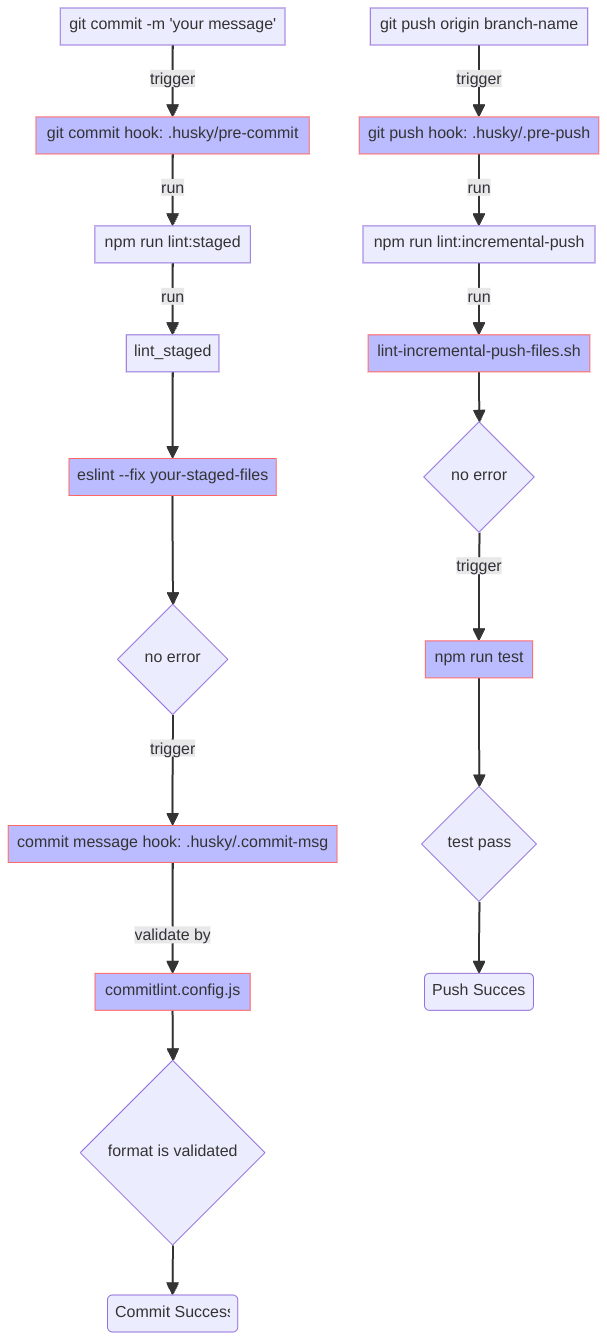Structured Query Language (SQL) is a powerful tool used for managing and manipulating data in relational databases. Whether you’re a data enthusiast, a budding data scientist, or a software developer, mastering SQL queries is essential for extracting valuable insights from your datasets. In this comprehensive guide, we’ll take you through the fundamentals of SQL queries, equipping you with the knowledge and skills to tackle data challenges with confidence.
Understanding SQL:
SQL is a standardized language used to communicate with relational database management systems (RDBMS). It allows users to perform various operations on data, such as retrieving, updating, inserting, and deleting records from database tables. The key components of SQL include:
SELECT Statement: The SELECT statement is used to retrieve data from one or more tables in a database. It allows you to specify the columns you want to retrieve and apply filtering conditions to narrow down the results.
FROM Clause: The FROM clause specifies the table or tables from which you want to retrieve data. It forms the foundation of your SQL query by defining the dataset you’ll be working with.
WHERE Clause: The WHERE clause is used to filter records based on specified conditions. It allows you to extract only the data that meets certain criteria, such as date ranges, numeric comparisons, or textual patterns.
JOIN Clause: Joins are used to combine data from multiple tables based on related columns. Common types of joins include INNER JOIN, LEFT JOIN, RIGHT JOIN, and FULL JOIN, each serving different purposes in querying relational data.
GROUP BY Clause: The GROUP BY clause is used to group rows that have the same values into summary rows, typically to perform aggregate functions like SUM, COUNT, AVG, MIN, and MAX on grouped data.
ORDER BY Clause: The ORDER BY clause is used to sort the result set by one or more columns in ascending or descending order.
Mastering Basic SQL Queries:
Let’s dive into some examples of basic SQL queries to illustrate how each component works:
Simple SELECT Statement:
FROM table_name;
SELECT Statement with WHERE Clause:
FROM table_name
WHERE condition;
SELECT Statement with JOIN Clause:
FROM table1 t1
INNER JOIN table2 t2 ON t1.key = t2.key;
SELECT Statement with GROUP BY Clause:
FROM employees
GROUP BY department;
SELECT Statement with ORDER BY Clause:
FROM products
ORDER BY unit_price DESC;
Conclusion:
Mastering SQL queries is a foundational skill for anyone working with data in relational databases. By understanding the basic components of SQL and practicing various query techniques, you’ll be well-equipped to manipulate and analyze data effectively. Stay curious, keep practicing, and explore advanced SQL topics to further enhance your data querying skills.





